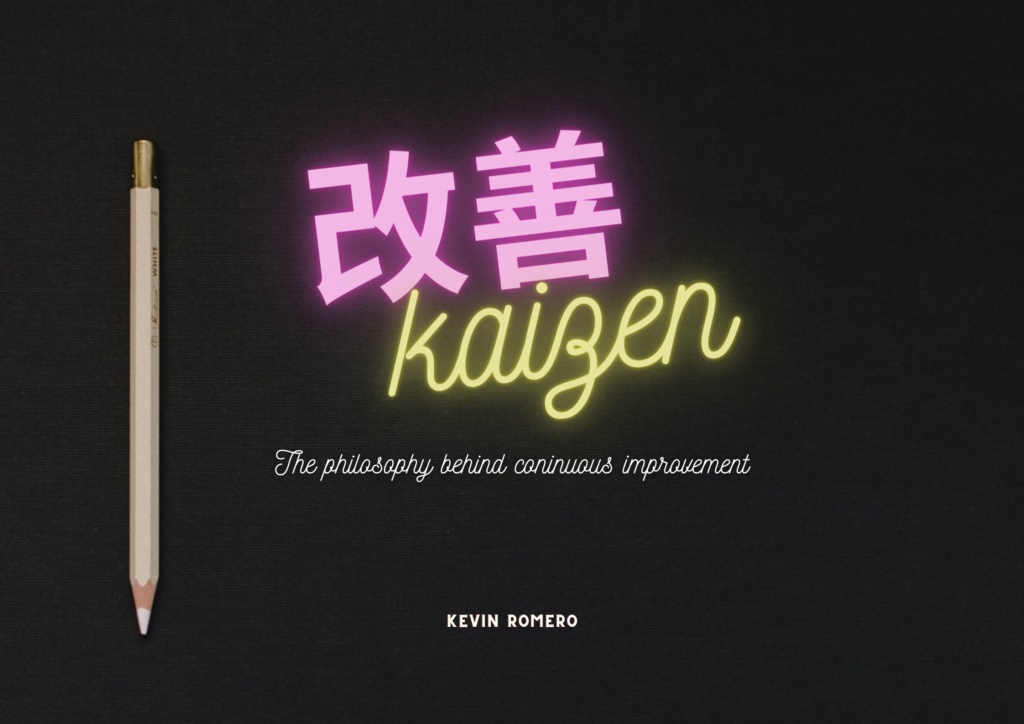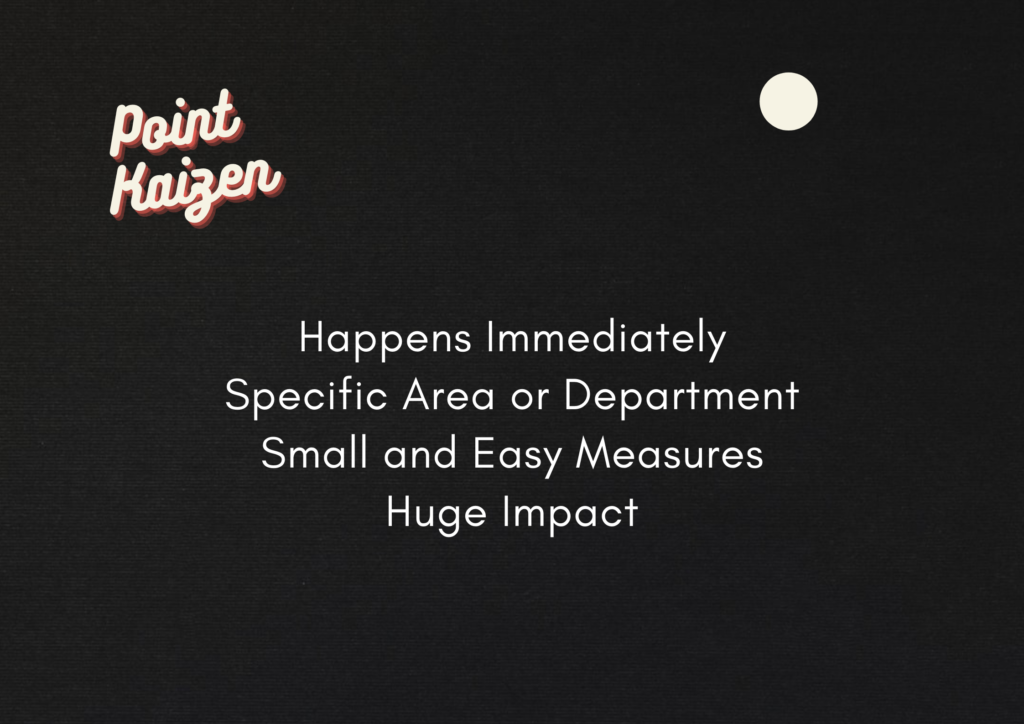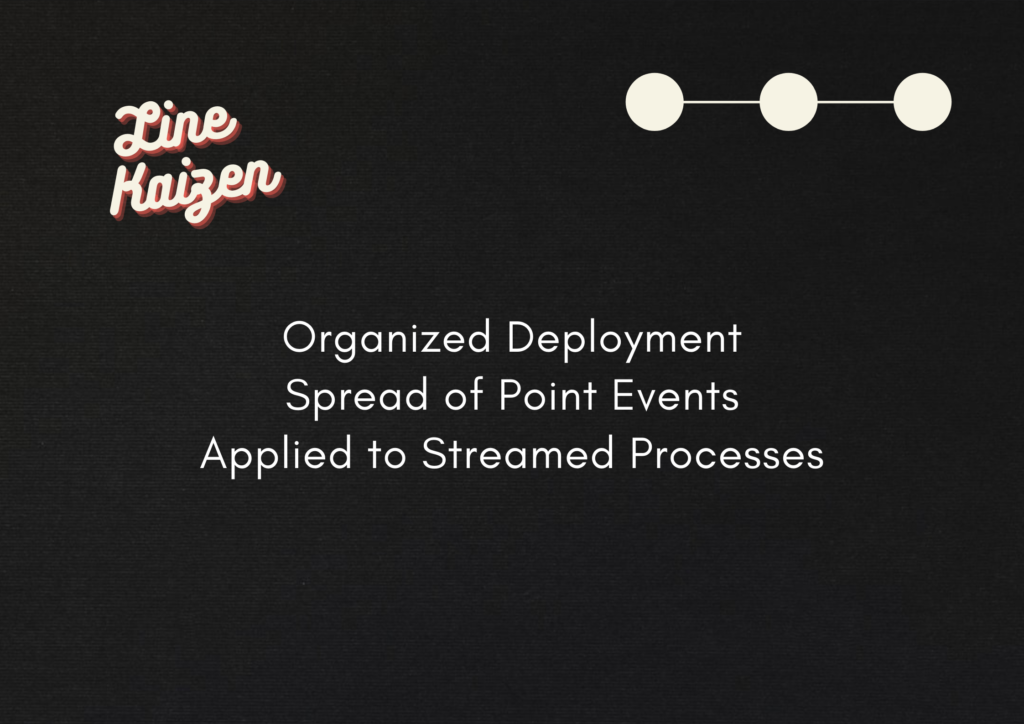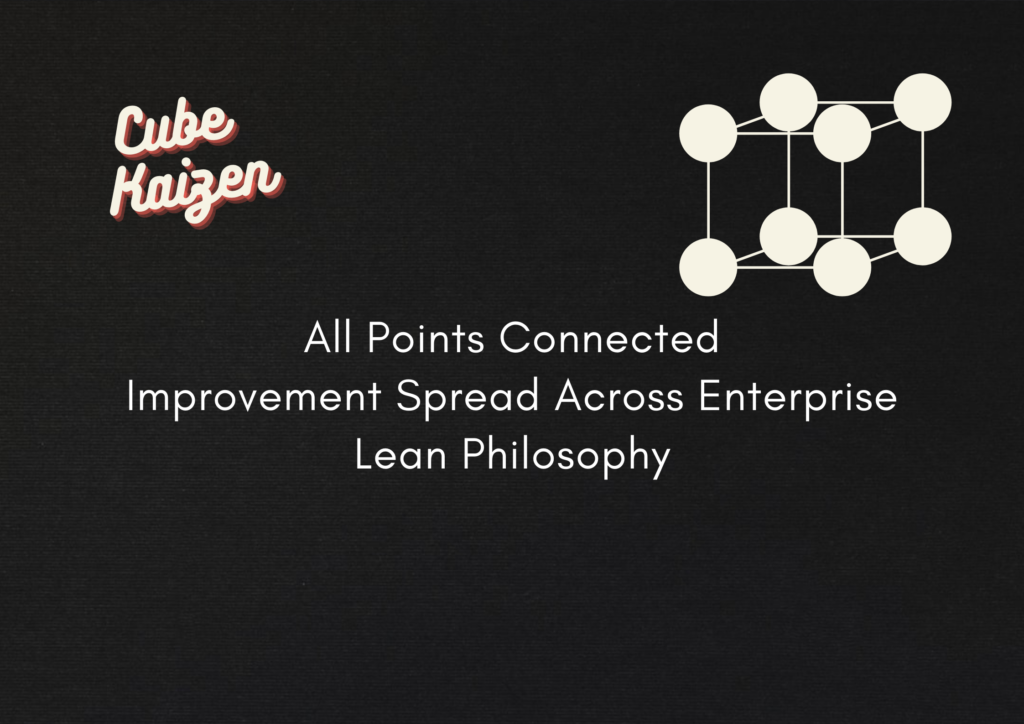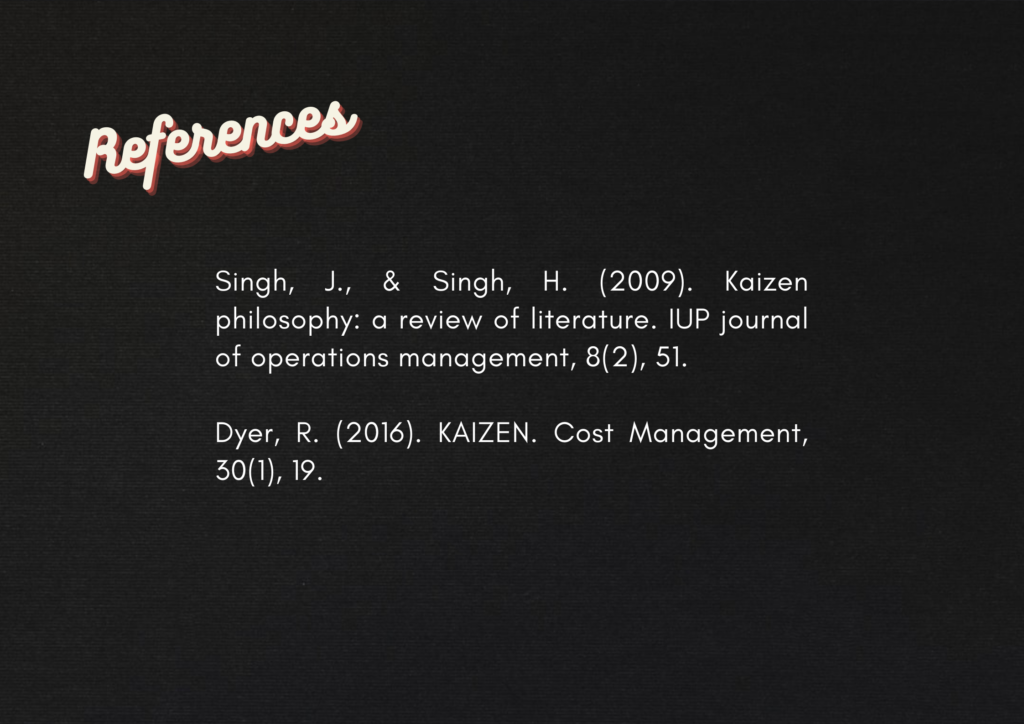Kaizen Geometry and Continuous Improvement

Continuous Improvement (CI) refers to the effort that companies when they overgo a constant will to improve their products and processes. In particular, CI encourages incremental changes to the processes that enhance its efficiency and effectiveness.
Kaizen
Kaizen is a Japanese word that groups two concepts: Kai (change) and Zen (for the better). This term embodies CI and is associated with the changes that took place in Japanese production processes starting 1950, where a new approach was taken in which the workforce joined with management to improve their work systems.
Kaizen is often seen as an umbrella that covers several techniques and methodologies, all of them seeking to provide the means for CI in the workspace. Some of these techniques are kanban, automation and just-in-time; and they can be implemented in different fashions, referred to as different geometric structures in kaizen.
Point Kaizen
The most common way of implementing these methods is the point. In such a setup, a single department or production line takes advantage of them.
The actions taken are usually small and easy to implement, but they can have great impact. It’s common that they occur on-the-fly when a problem is detected. When that happens, the line is stopped, and workers and managers get together to fix the problem.
Line Kaizen
The next step in kaizen involves several departments that are connected vertically in the production process. These departments form a line and work together to form a flow of improvements that can span across the whole process.
Plane Kaizen
When several processes or lines take the kaizen approach, they form a plane of improvement. With this interconnection, departments disappear and product families become the units of the company.
Cube Kaizen
The last step into the kaizen model comprises the interconnection of all the points in the company. This creates a cube in which CI is implemented across the whole enterprise.
References
Singh, J., & Singh, H. (2009). Kaizen philosophy: a review of literature. IUP journal of operations management, 8(2), 51.
Dyer, R. (2016). KAIZEN. Cost Management, 30(1), 19.

Continuous Improvement, Kaizen, Kaizen Cube, Kaizen Line, Kaizen Plane, Kaizen Point
